Volkswagen already has two compact SUVs with which it competes with models such as the Renault Captur and the Ford Puma. The new Volkswagen Taigo is the third. We ask the question that has occupied Tic Tac Toe for almost 25 years: why?
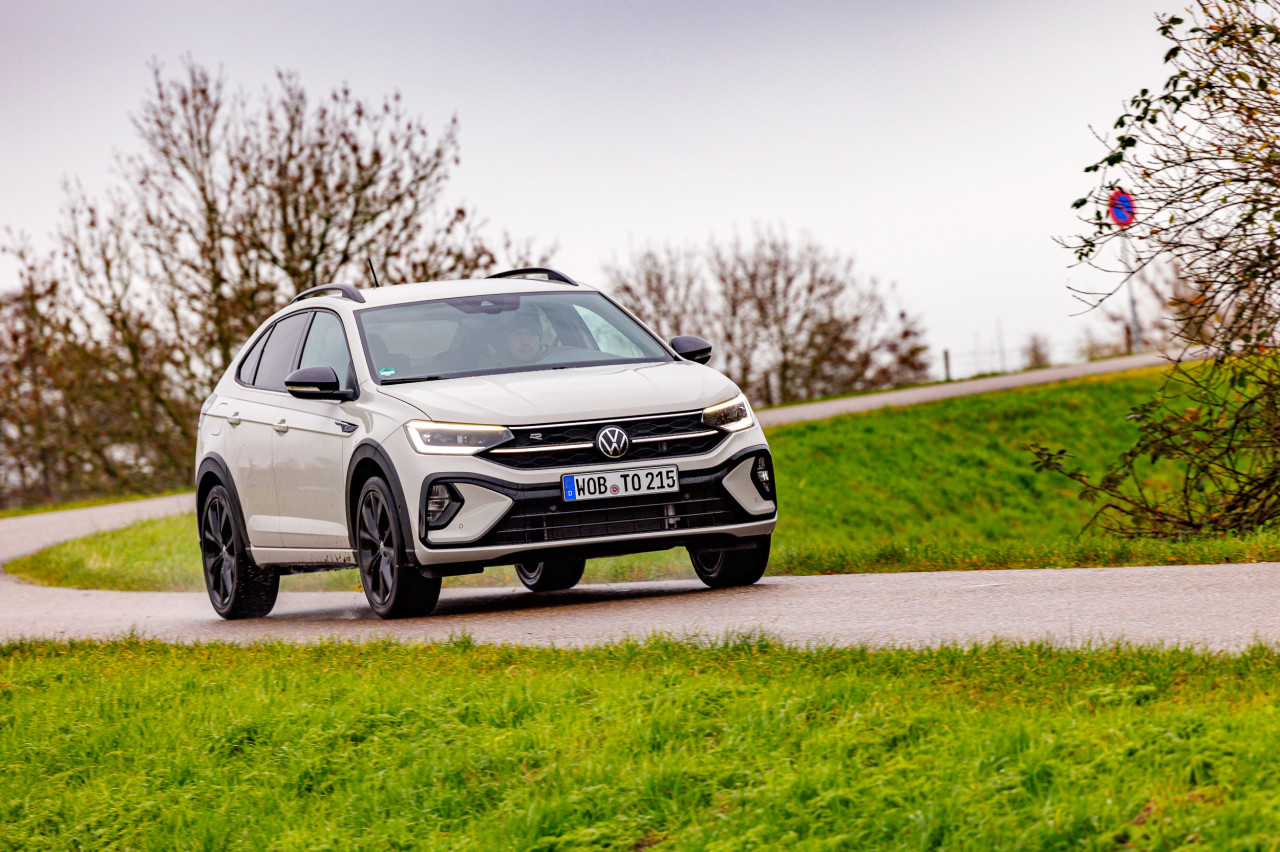
To understand why the Volkswagen Taigo exists, we must first find out what it is. The black plastic wheel arch edges and the sloping roof hint at a compact SUV that wants to be a coupé. A car that you buy for its looks. Volkswagen itself calls the Taigo the sporty counterpart of the practical T-Cross. We hadn’t looked at it that way yet, but the Volkswagen T-Cross launched in 2019 is indeed angular and handy.
Thanks to the sliding rear seat and the folding passenger seat, you can make optimal use of the interior space of Volkswagen’s smallest SUV. However, these useful functions are missing from the Taigo. Both models are on the platform of the Polo and to avoid further confusion, let’s disregard the Golf-based T-Roc.
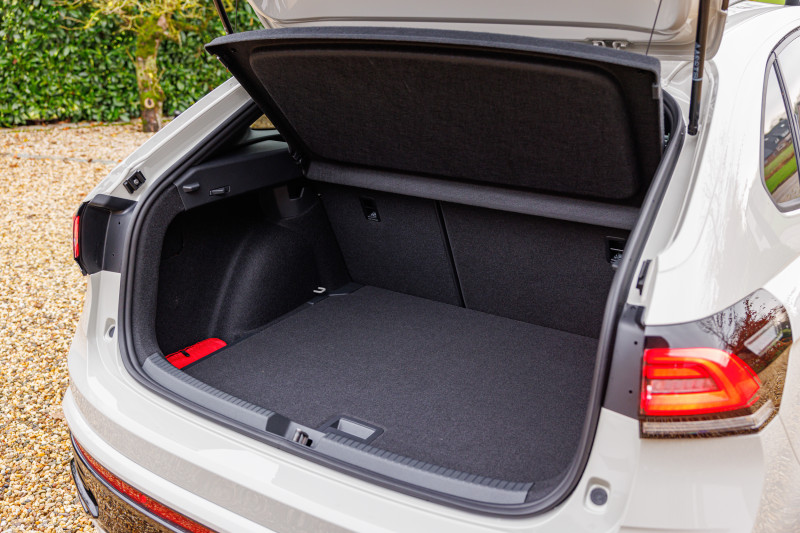
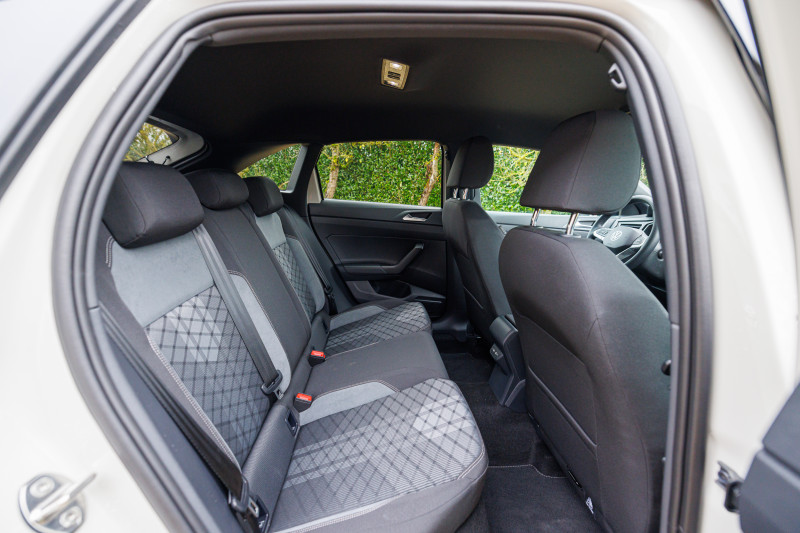
Volkswagen Taigo: headroom is not that bad
Without a sliding rear seat or a folding passenger seat, the Taigo is less practical than the T-Cross. Still, it’s not as clunky as a crepe paper umbrella. The trunk has a large capacity of 440 liters and with the bench flat, 1122 liters fit in the back. The double loading floor provides a flat floor over which you can easily slide things forward and you are not bothered by the parcel shelf because it fits underneath.
“We would avoid the panorama roof as a sauna visit with your in-laws.”
You may think that the sloping roofline is disastrous for the headroom in the rear seat, but that is not so bad in practice. The tight legroom is a bigger stumbling block. In other words: your knees are more likely to press into the front seat than your crown into the headliner. You can sit well in the front seats if you are tall, but we would avoid the panoramic roof as a sauna visit with your in-laws.

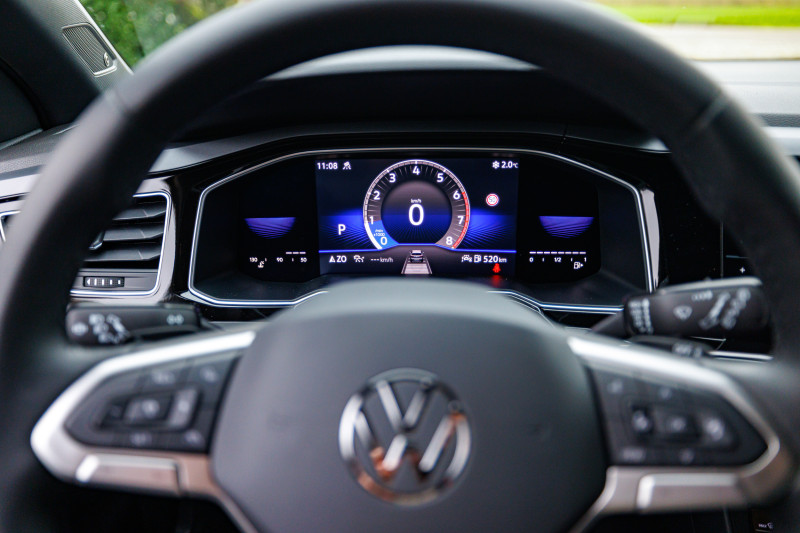
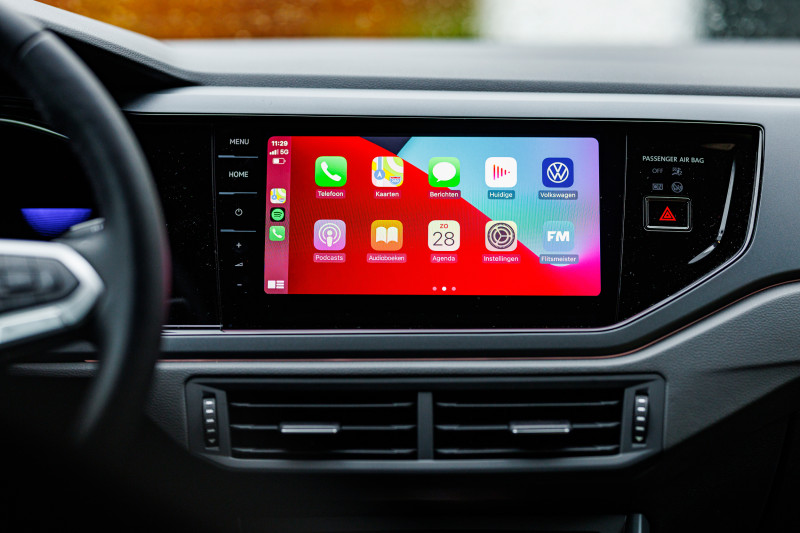
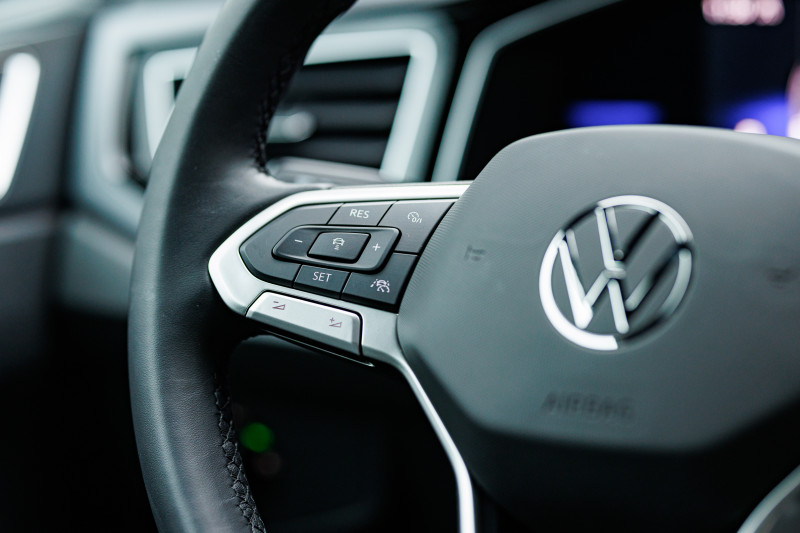
The dashboard is copied from the Polo
If you look at the dashboard, the relationship with the Polo is obvious. Behind the wheel (with physical buttons) we see the same black strip in which the digital meters and the touchscreen are packed. And just like in the facelifted Polo, the automatic climate control is a beautiful collection of shiny touch keys. The biggest difference is the slightly higher seating position.
The price list is also similar to that of the Polo, which means that you get adaptive cruise control with lane assist from the Life version (the current base model) and advanced LED matrix headlights from the Style. We will discuss the prices further on.
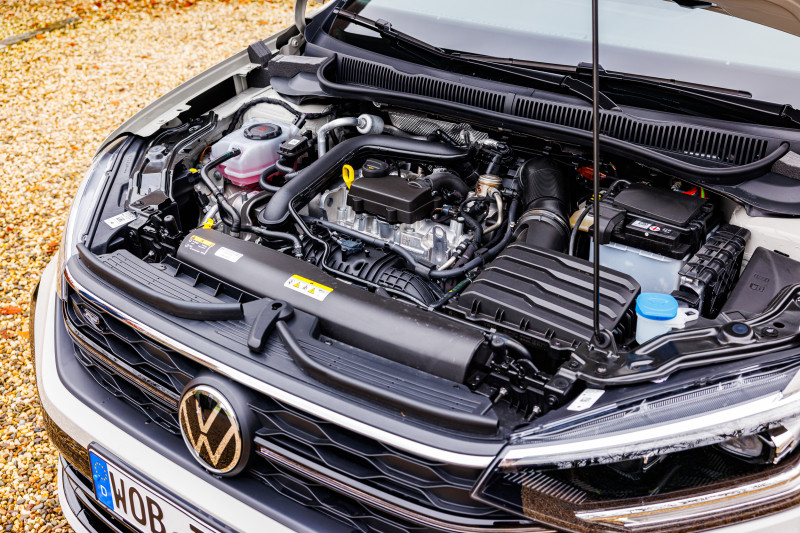
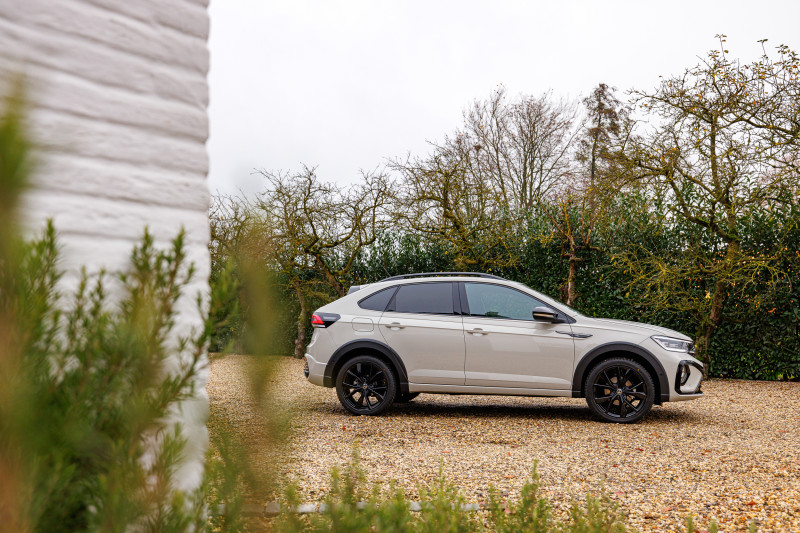
Unique for the Volkswagen T-Cross: 1.5 TSI engine
A subtle but important difference with the T-Cross is that you can order the Taigo with the burly 1.5 TSI engine. This four-cylinder turbo engine produces 150 hp and 250 Nm and is mated to the seven-speed DSG transmission as standard. This drivetrain makes the Taigo fast and mature. If you put the gear selector of the automatic transmission in the sport position and give it full throttle, the compact SUV sprints to 100 in 8.3 seconds. That’s faster than strictly necessary, but that’s what makes it fun. Moreover: if you buy a car for its sporty appearance, then he should also behave a bit like it.
“With models based on the Polo, Volkswagen does not use mild hybrid engines.”
The 1.5 TSI is also a responsible choice, because such a quiet and vibration-free four-cylinder is good for comfort on board. Volkswagen does not do anything with mild hybrid engines on models based on the Polo platform, but the 1.5 TSI does have active cylinder deactivation. As soon as you let Taigo roll out, two of the four cylinders are disabled and the Eco icon appears encouragingly on the screen. We easily match the stated consumption of 6.1 liters per 100 km (1 in 16.4).
If you opt for an affordable three-cylinder engine with 95 or 110 hp, you will also benefit from comfortable suspension comfort. The Taigo sits firmly on the road and rolls smoothly over speed bumps and transverse ledges. The steering is remarkably light, but predictable. As you would expect from a Volkswagen, the driving behavior immediately feels familiar.
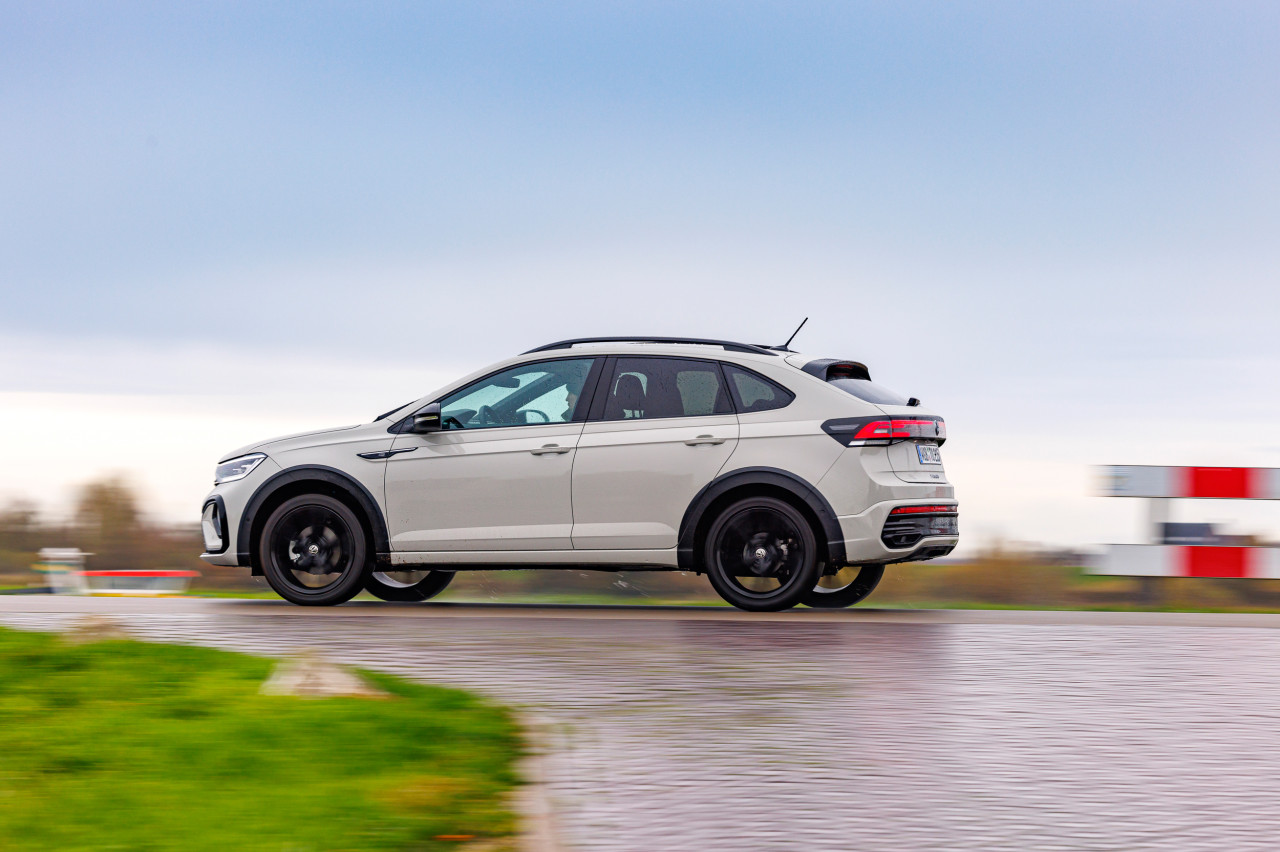
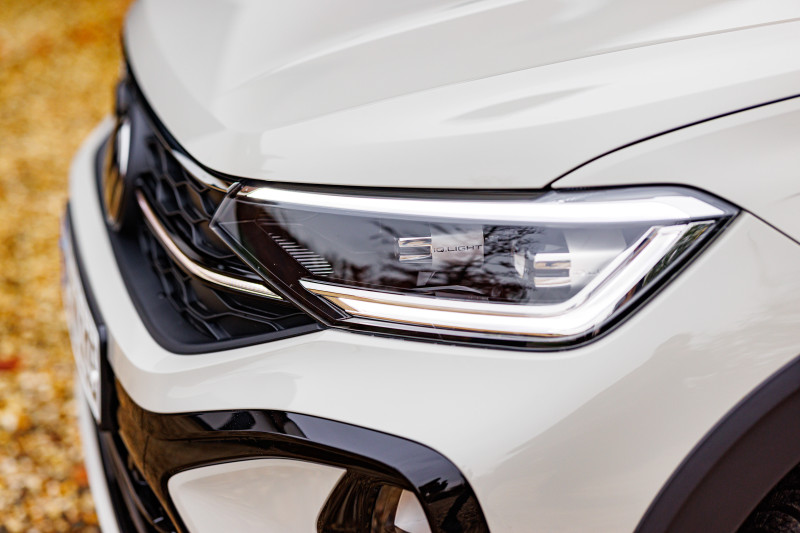
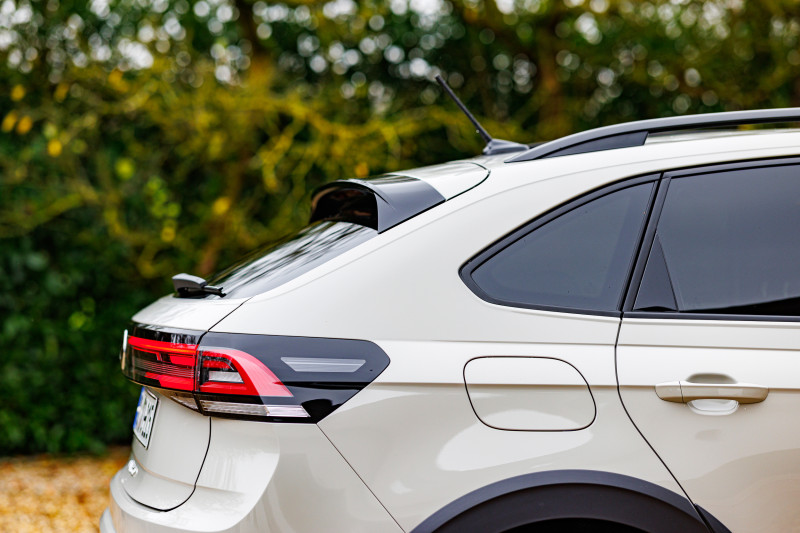
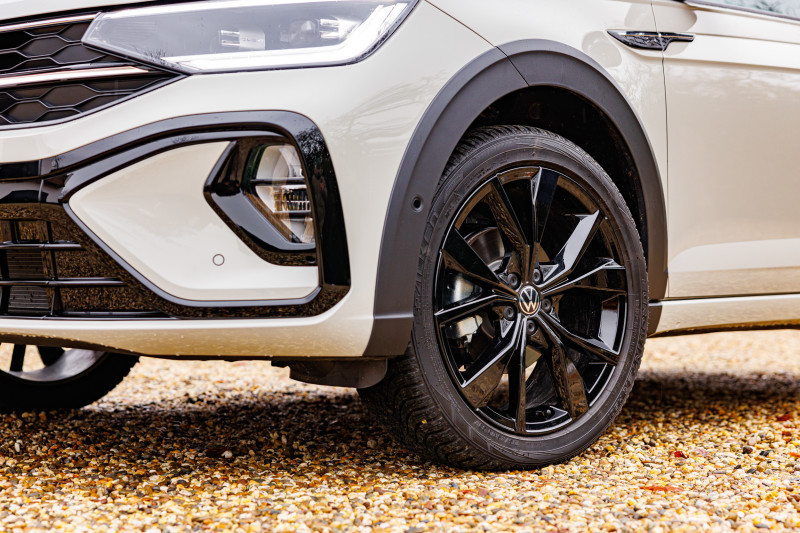
Prices Volkswagen T-Cross
The prices of the Volkswagen Taigo start at 28,590 euros for a manual Life version with 95 hp. A similarly equipped Polo costs 24,590 euros. So you could say that you pay 4 grand extra for a nicer car with a higher seating position and a larger trunk. The T-Cross is the same price as the Taigo, so choosing between the two is a matter of taste and use.
To buy the 1.5 TSI with DSG tested by us, you must first consult with a financial advisor. Then we are suddenly talking about 38,840 euros. You are then only 1300 euros away from yet another Volkswagen SUV: the Tiguan.
Conclusion
Why does the Volkswagen Taigo exist? To offer Volkswagen drivers who choose with their eyes a great alternative to the practical T-Cross. They say that if you want to be beautiful, you have to suffer, but under the sloping roof there is enough headroom and with a trunk of 440 liters it is certainly not enough. The Taigo 1.5 TSI is the most expensive Volkswagen based on the Polo, but also the only one that is sold in the Netherlands with the strong, smooth and economical four-cylinder engine.